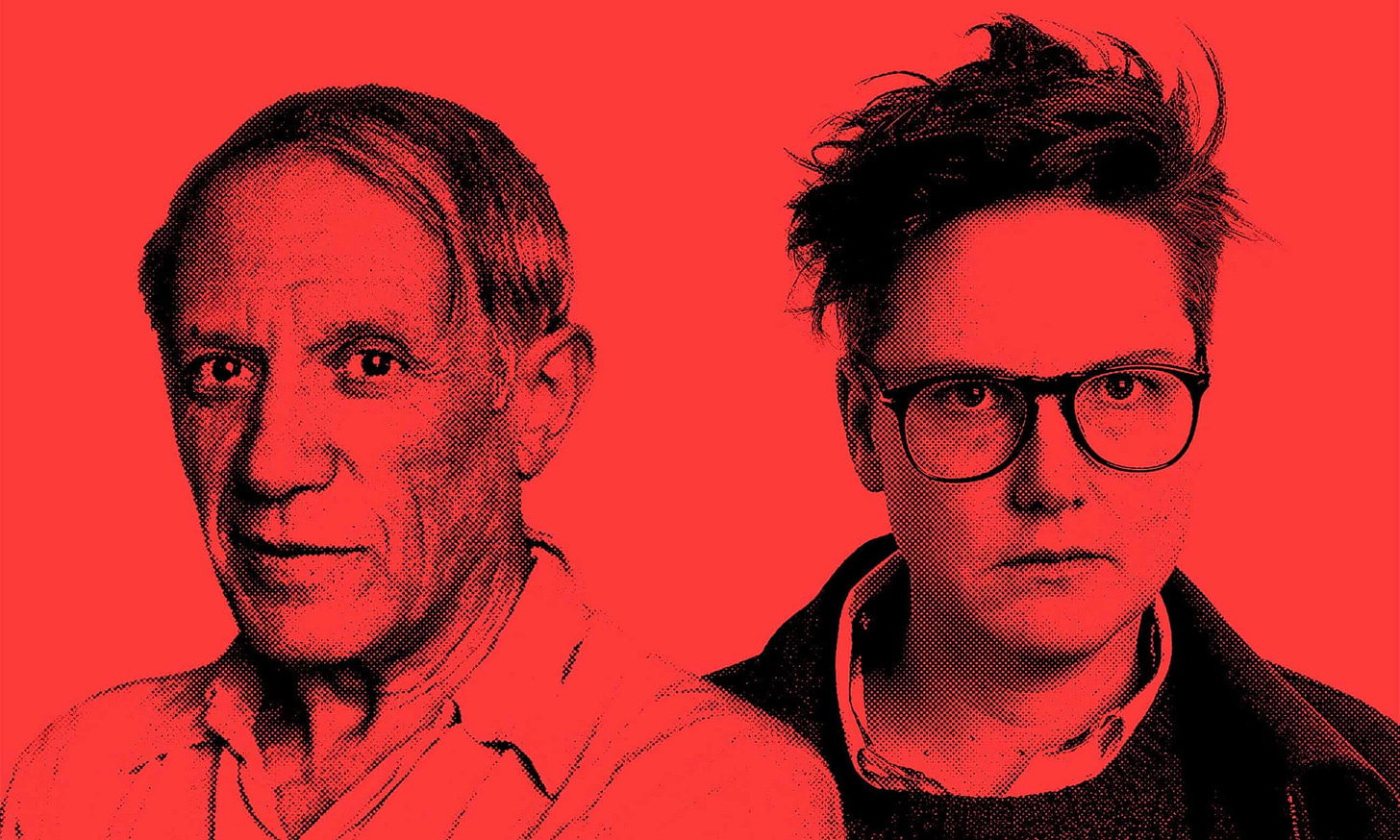
The humourless comedian Hannah Gadsby has much to thank one of the twentieth century’s titans of art. By placing him in the stockade of feminist disapproval, the Australian was picking the easiest target and avoiding the most profound questions of his oeuvre. To be so personal, and play the man with such indignation, is the first refuge of the talentless.
While Gadsby’s Netflix run known as Nanette happily dabbled with Picasso as the problem figure for women, a mere phallic “kaleidoscope filter” who was “rotten in the face cavity,” another frontier needed to be conquered. Art graduate credentials stirred. Dangerously, Gadsby felt that it was worthwhile to actually move into a field her target was infinitely far more gifted at than her, though not a fact she would ever dare admit. (Patriarchy tends to operate as a one-word pejorative, much like communism to the red baiter or cosmopolitanism to the Stalinist.) Enter the Brooklyn Museum art exhibition It’s Pablo-matic: Picasso According to Hannah Gadsby, curated by Gadsby with the assistance of Catherine Morris and Lisa Small.
This chaotic, streaky effort keeps company with something like a dozen exhibitions and events intended to mark the 50th anniversary of Picasso’s death in 1973. Artists in the exhibition have been selected to provide feminist ripostes to the misogynist ogre, with some the pieces coming after the artist’s death. The work of Betty Tompkins, Joan Semmel, Kaleta Doolin, Kathe Köllwitz and Maria Martins find room, but they do so within the gravitational pull of Picasso’s own stifling gravitas, which seems to exert a dwarfing effect.
Discordantly for Gadsby, the choice artists are not exactly in accord with her art-artist divide, one which holds that decent art comes from decent souls. Semmel is happy to admit loving Picasso’s work, marvelling “at the ground it has broken, opening new doors into seeing.” Kiki Smith holds much the same view. “As a printmaker I know very few who can get anywhere near the depth of his understanding and his playfulness.”
The textual and audio contributions from Gadsby are cringingly childish. Beside Reclining Nude (1932), itself a Picasso feature, she finds the image uncomfortable because the breasts “can look like a sideways owl and two doughnuts—at the same time.” And forget anything valuable about the sketch selections from the Vollard Suite. “I’m not going to sell these works by contextualising them in terms of PP’s technical prowess because I just don’t care.”
As Alex Greenberger writes with damning precision, the choices have little to say about Picasso per se, and suggest the impossibility of re-centring art history if the man being centred remains Picasso. What is neglected is the work of such figures as the late Françoise Gilot and Dora Maar, at times tormented lovers of Picasso who would have provided ideal counterpoints of modernism to the man. “It would’ve been nice to have more artists who were thinking about Picasso, or whose work, at least, has something to do with him. But this seems like too much to ask from the curators, especially Gadsby, who greets that line of thinking with a big, fat raspberry.” As the audio guide accompanying the exhibition says, “We are unsettled. That’s a little joke. Or is it? I don’t know.” Indeed.
It would be churlish to ignore the fact that Picasso the man has been very much in darker news columns, both artistic and more general, over the decades. That he was a brute, uncharitable, and dismissive at points about women is a point so obvious as to be almost dull. The nasty produce good art. Discuss.
Of greater interest were those feminist revisionists in the vanguard, ready to pounce. Linda Nochlin readied a Molotov cocktail in her 1971 ARTnews essay and hurled it at his reputation with full force. Precocious he may have been, and adept as to make it to the Academy of Art in Madrid at the tender age of 15, but what if he had been born a girl? The making of art, she suggested, had been rendered into a “semi-religious” form, tying art historians, critics and artists themselves to a credo and cult. But there is nothing of that subtlety or relevance to feature in Gadsby’s puerile effusions, which never move much beyond the anger of undergraduate resentment.
The curators have been trying to defend their shabby choice of Gadsby and the selections. For them, any criticism is bound to be a confirmation of their choice, an affirmation of their mountain bound wisdom. If men make a point about art, then they are merely being “Pablo-matic.” Well done: make another audio, and whilst you are at it, pop a video on TikTok. Gadsplainer, rise!
Gadsby might be mortified (who knows? Who cares?) about another curious parallel, but her attack on Picasso takes the form much in keeping with those habitual philistines who populated the various art galleries of Australia between the two World Wars. There were also a few truly salty critics doing a particularly vicious line in anti-Semitism. When it came to art commentators such as Sir Lionel Lindsay, Picasso was to be hated as that “Jew from Malaga,” very much part of a broader disease of “modern art” peddled by a sinister cabal of Jewish art dealers and their accomplices.
We can be thankful that Gadsby merely hates Picasso for supposedly not supplying adequately informed perspectives of women and merely focusing on the phallus as a kaleidoscope. What proved more telling was her mistake in not picking the works of women who could rightly challenge his standing by giving him a good serve of their own artistic merit.




Gatsby isn't a feminist but a postmodern prat, note her belief women can have dicks